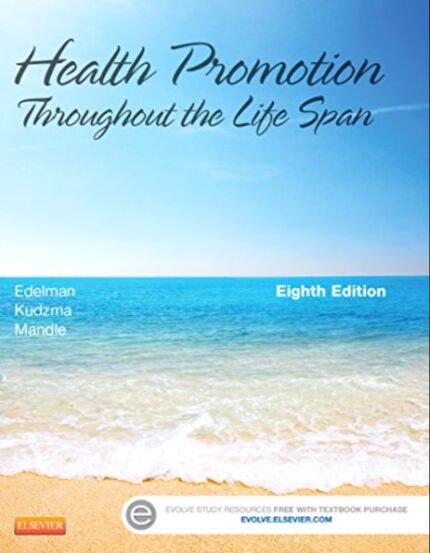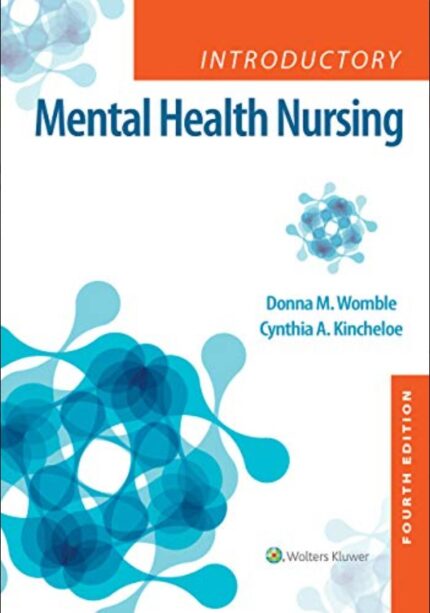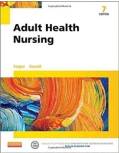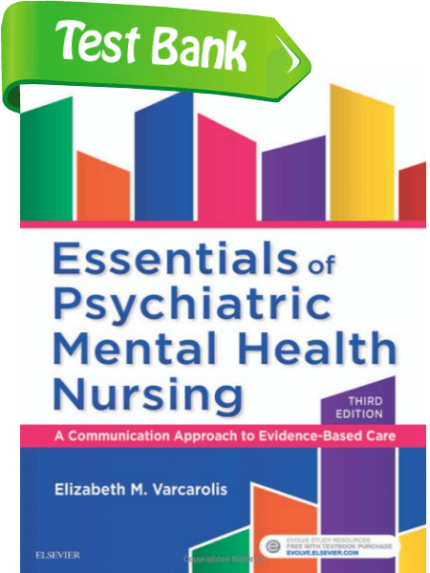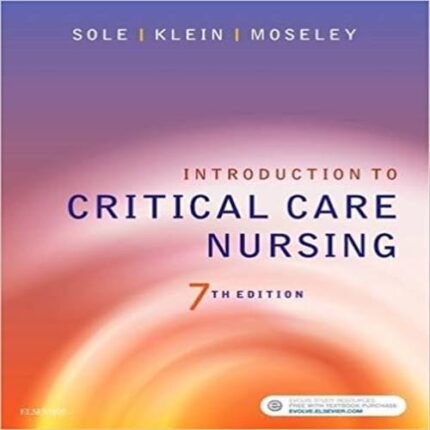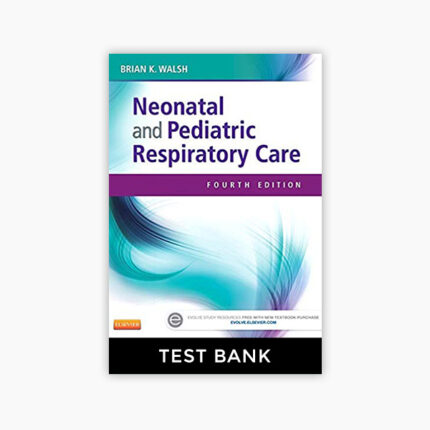Test Bank for Introductory Maternity and Pediatric Nursing 4th Edition Hatfield
Chapter 1: The Nurse’s Role in a Changing Maternal–Child Health Care Environment
MULTIPLE CHOICE
1. Which principle of teaching should the nurse use to ensure learning in a family situation?
a. Motivate the family with praise and positive feedback.
b. Learning is best accomplished with the lecture format.
c. Present complex subject material first while the family is alert and ready to learn.
d. Families should be taught using medical jargon so they will be able to understand
the technical language used by physicians.
ANS: A
Praise and positive feedback are particularly important when a family is trying to master a
frustrating task such as breastfeed
Mlates more learning than a
straight lecture, which tends to inhibit questions. Learning is enhanced when the teaching is
structured to present the simple tasks before the complex material. Even though a family may
understand English fairly well, they may not understand the medical terminology or slang terms
that are used.
PTS: 1 DIF: Cognitive Level: Application REF: 18, 19
OBJ: Nursing Process Step: Planning MSC: Client Needs: Health Promotion and Maintenance
2. Which nursing intervention is an independent function of the nurse?
a. Administering oral analgesics
b. Requesting diagnostic studies
c. Teaching the client perineal care
d. Providing wound care to a surgical incision
ANS: C
Nurses are now responsible for various independent functions, including teaching, counseling,
and intervening in nonmedical problems. Interventions initiated by the physician and carried out
by the nurse are called dependent functions. Administrating oral analgesics is a dependent
function; it is initiated by a physician and carried out by a nurse. Requesting diagnostic studies is
a dependent function. Providing wound care is a dependent function; it is usually initiated by the
physician through direct orders or protocol.
PTS: 1 DIF: Cognitive Level: Understanding REF: 24
OBJ: Nursing Process Step: Assessment
MSC: Client Needs: Safe and Effective Care Environment
3. Which most therapeutic response to the clients statement, Im afraid to have a cesarean birth
should be made by the nurse?
a. Everything will be OK.
b. Dont worry about it. It will be over soon.
c. What concerns you most about a cesarean birth?
d. The physician will be in later and you can talk to him.
ANS: C
The response, What concerns you most about a cesarean birth focuses on what the client is
saying and asks for clarification, which is the most therapeutic response. The response,
Everything will be ok is belittling the clients feelings. The response, Dont worry about it. It will
be over soon will indicate that the clients feelings are not important. The response, The physician
will be in later and you can talk to him does not allow the client to verbalize her feelings when
she wishes to do that.
PTS: 1 DIF: Cognitive Level: Application REF: 18
OBJ: Nursing Process Step: Implementation
MSC: Client Needs: Psychosocial Integrity
4. Which action should the nurse take to evaluate the clients learning about performing infant
care?
a. Demonstrate infant care procedures.
b. Allow the client to verbalize the procedure.
c. Routinely assess the infant for cleanliness.
d. Observe the client as she performs the procedure.
ANS: D
The clients correct performance of the procedure under the nurses supervision is the best proof of
her ability. Demonstration is an excellent teaching method, but not an evaluation method. During
verbalization of the procedure, the nurse may not pick up on techniques that are incorrect. It is
not the best tool for evaluation. Routinely assessing the infant for cleanliness will not ensure that
the proper procedure is carried out. The nurse may miss seeing that unsafe techniques being
used.
PTS: 1 DIF: Cognitive Level: Application REF: 21
OBJ: Nursing Process Step: Evaluation MSC: Client Needs: Health Promotion and Maintenance
5. A nurse is reviewing teaching and learning principles. Which situation is most conducive to
learning?
a. An auditorium is being used as a classroom for 300 students.
b. A teacher who speaks very little Spanish is teaching a class of Hispanic students.
c. A class is composed of students of various ages and educational backgrounds.
d. An Asian nurse provides nutritional information to a group of pregnant Asian
women.
ANS: D
A client’s culture influences the learning process; thus, a situation that is most conducive to
learning is one in which the teacher has knowledge and understanding of the clients’ cultural
beliefs. A large class is not conducive to learning. It does not allow questions, and the teacher
cannot see nonverbal cues from the students to ensure understanding. The ability to understand
the language in which teaching is done determines how much the client learns. Clients for whom
English is not their primary language may not understand idioms, nuances, slang terms, informed
usage of words, or medical terms. The teacher should be fluent in the language of the student.
Developmental levels and educational levels influence how a person learns best. For the teacher
to present the information in the best way, the class should be at the same level.
PTS: 1 DIF: Cognitive Level: Application REF: 20
OBJ: Nursing Process Step: Planning MSC: Client Needs: Psychosocial Integrity


